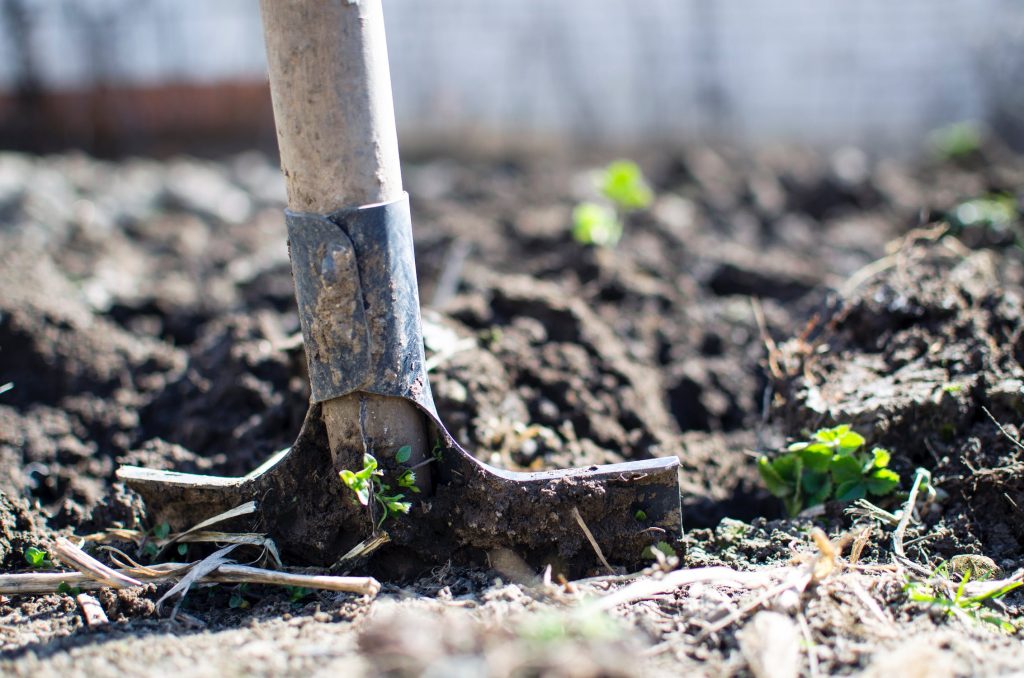Whether you have recently moved home, or simply looked out for the very first time in weeks, then everyone can find themselves being confronted by a neglected backyard. It is intimidating. Overgrown plants out of trees, more dead grass than yard — where do you begin? There are a number of things worth bearing in mind, and prep is crucial, so this is our advice about the best way best to restore a neglected garden.

Strategies for Preventing a Failed garden
1 — Show Patience
It is ideal to wait for a complete year before getting started if at all possible. See exactly what the garden looks like in most seasons, which places become shady or filled with life. What seems to be a heap of twigs today may blossom into a gorgeous tree come spring.
2 — Create a list
Write down your favourite and least favourite parts of the area — crops, trees and some other capabilities.
3 — Produce Free Area
When you are prepared to attack the backyard, the very first step is to clean the region. You will see precisely what you need to work on and it’ll make designing your new garden a lot easier. It frequently helps to do so during winter. Attempt to compost any natural thing you clean for later usage or invest in any slim water tanks to help with water usage later on.
4 — Ignore Your Trees
They are sometimes quite hard to fully remove (you are often left with a massive stump that is worse than previously) and take so long to develop and establish that it is hard to replace them.
5 — Pick Which Crops to Maintain
A weed is any plant that you do not desire — dig this up. Bear in mind that plants could be transferred if you would like them someplace else, simply treat them with caution. This will help save you money also. Should you need assistance identifying plants, contact your nearest garden experts and they should help you right away.
6 — Be Precise With Each Step
Should you work systematically on a single area of your backyard at one time, then you will notice the quickest improvements — that is great inspiration to keep going! Work to a layout program, keeping in mind where structural modifications such as decking, elevated beds, closed off areas or maybe even something smaller like a rainwater tank pump will be placed.
7 — Cutting Back
Pruning back present plants provides two advantages — it creates more room and promotes fresh growth. If you are unsure which plants require pruning or how to begin it, then a simple online search should help.
8 – – Bring Life Back
Based on the length of time your lawn’s been neglected, the yard could be in almost any condition. Subsequently, reseed any bare spots or put down new turf should you need grass in extra places.
9 — Understand the Finances
Before you go mad on the front, be cautious of your budget, so prices do not get out of hands and grind your job to a block. Landscaping can become quite expensive, particularly for large regions, but it’s relatively inexpensive — particularly in the event that you grow from seed. You may also need to take into consideration the costs of contacting specialists to help with maintaining things out of your control, such as a blocked drain plumber to deal with any issues with water supply through your garden. This may lead to subsequent costs like the process of paying a plumber to use a drain camera to get a good look into your drains.
10 — Select your motif
Selecting a constant theme for your own garden will make all of the difference in moving it out of regular to exceptional. Take a look at other gardens around you, maybe a family member or a friend’s just for a little inspiration of your own.
11 — Insert finishing touches
Ultimately it is time to finally make your backyard evolve from usable to someplace you truly wish to be. Clean up and paint or sponge the woodwork. Plant any openings in the flowerbeds. Insert some furniture for relaxation and decorations to state your style.
Keeping Your Restored Backyard
When the work is done, it’s obvious that you wish to prevent the garden from falling back into the issues it had when you began. At the simplest terms, you want to keep along with whatever develops were getting out of control. Ensure that you mow the lawn frequently and trim the edges. Prune trees and plants as necessary every year. Weeds are regrettably inevitable, therefore make time every week to get rid of these.
Besides this, you merely have to take care of the non-living things just like you’d do in the home. Maintain the fences, patios and furniture. Furniture covers will safeguard your seats and tables. Do not be scared to allow for you woodwork to have a fresh coat of paint to keep it looking brand new. Experiment with fresh colours and fashions on your blossoms.



MOST COMMENTED
Top stories / Uncategorized
How to Take Care of Your Sneaker Collection
Renovating
How To Use Wire With Furniture
Facts / Top stories
How to know if the Tasmanian job market is best suited for you
Uncategorized
How to travel around Tasmania
Tech
The Benefits of Aligning Business Functions
Tech
Crafting the Perfect Setup for Photography Enthusiasts
Tech
Enhancing Urban Mobility Through Traffic Management